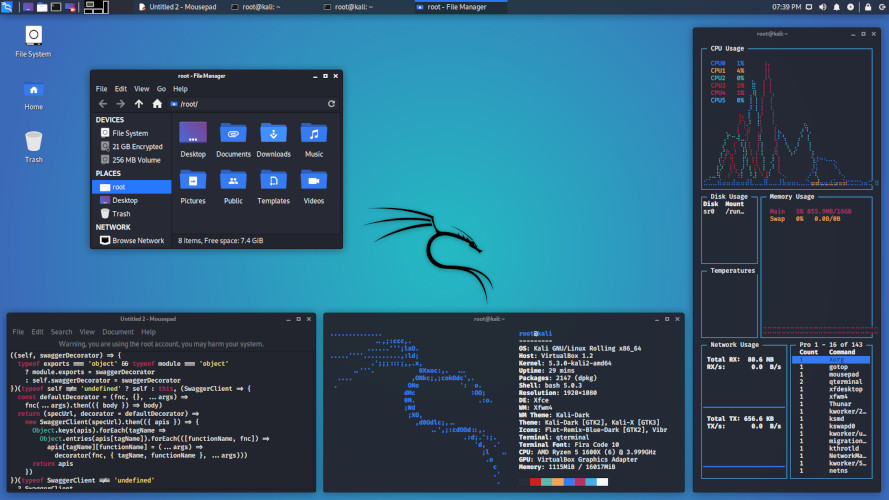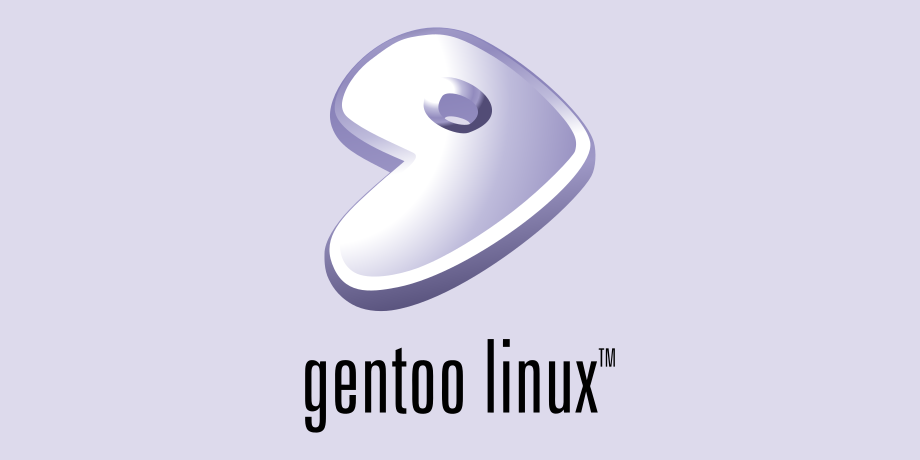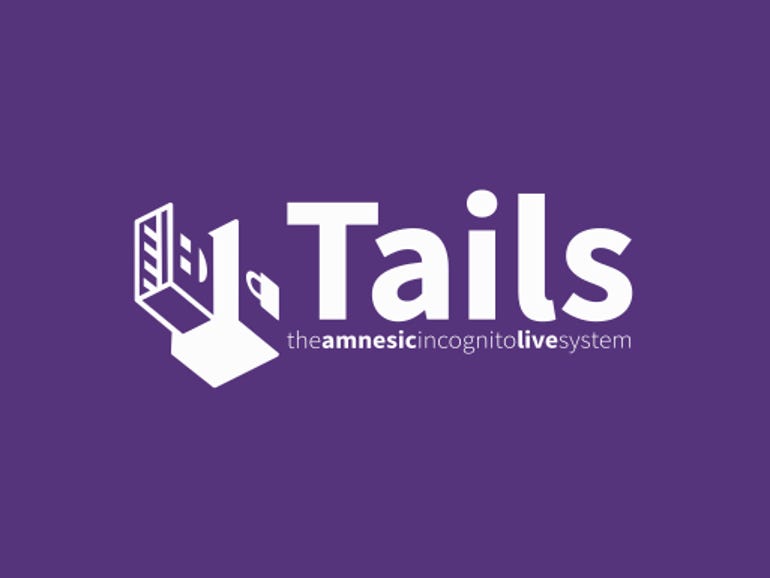
Posted on 05/17/2021 11:49:04 AM PDT by ShadowAce
In this article we are going to show you the worst Linux distributions you can start with as a beginner. Now lets say from the beginning of the article that this distributions are not bad, they are bad for beginners. And you who are reading this, if you are new to Linux it will be better to avoid them for now and maybe check them later.
But wait, what’s the difference? Aren’t all Linux distributions alike? Well the simple answer is – no. Some are more user friendly, others are more specific like for servers or corporate and other stuff. So lets start with the first on our list:

Kali Linux is an open-source, Debian-based Linux distribution geared towards various information security tasks, such as Penetration Testing, Security Research, Computer Forensics and Reverse Engineering. So if you want to use it as a every day distribution it will most likely be harder for you to get comfortable with Linux.

Gentoo Linux is a Linux distribution built using the Portage package management system. Unlike a binary software distribution, the source code is compiled locally according to the user’s preferences and is often optimized for the specific type of computer. Precompiled binaries are available for some larger packages or those with no available source code.

The CentOS Linux distribution is a stable, predictable, manageable and reproducible platform derived from the sources of Red Hat Enterprise Linux (RHEL). However we don’t recommend it for new users.

Red Hat® Enterprise Linux® is the world’s leading enterprise Linux platform.* It’s an open source operating system (OS). It’s the foundation from which you can scale existing apps—and roll out emerging technologies—across bare-metal, virtual, container, and all types of cloud environments. However when you see enterprise in a sentence that means not easy to use and many paid stuff too so again not cool if we want to start our Linux experience from here.

The openSUSE project has three main goals: make openSUSE the easiest Linux for anyone to obtain and the most widely used Linux distribution; leverage open source collaboration to make openSUSE the world’s most usable Linux distribution and desktop environment for new and experienced Linux users; dramatically simplify and open the development and packaging processes to make openSUSE the platform of choice for Linux developers and software vendors. And all that sound pretty good but Suse has a long way in front of them before reaching this goals and so we do not recommend it for new users.

Slax is a modern, portable, small and fast Linux operating system with modular approach and outstanding design. It runs directly from your USB flash drive without installing, so you can carry it everywhere you go in your pocket. Despite its small size, Slax provides nice graphical user interface and wise selection of pre-installed programs, such as a Web browser, Terminal, and more. And we love Slax it’s a cool and small Linux distribution, but in reality it’s one of the worst choices for a new Linux user.

Manjaro Linux is a fast, desktop-oriented operating system based on Arch Linux. The distro provides all the benefits of cutting-edge software to get started quickly and automated tools to minimize manual intervention. It is completely free and is available for 64 Bit architectures. Again for new users this one is just a no, no.

Tails is a portable operating system resistant to surveillance and censorship. The OS uses the Tor network to protect privacy online. Also, Tails includes a selection of applications to work on sensitive documents and communicate securely. Features include: resilience against surveillance, advertising and viruses; leaves no trace on the computer when shut down; based on Debian GNU/Linux etc. A very, very nice Linux distro but stay away if you don’t have at least a year with Linux.

Kodachi is designed for anyone who cares about their privacy and needs a secure, anti-forensic, and anonymous distro. The latest edition of the distro is based on Xubuntu 18.04.5 and uses a customized Xfce desktop.
Kodachi equips with all kinds of security-centric and privacy-enhancing apps along with a whole lot of regular apps to enable you to use the distro as your daily driver. Its custom desktop is designed so as to not overwhelm first time users and gives you access to all the apps while still being intuitive.
That sad Kodachi is the worst choice a new user can make….

In our opinion the best distros for starting in Linux are Ubuntu and Debian they are the most secure bet, they are reliable, stable, easy to use, there are tons of articles, tutorials, guides and how to in the network so it’s pretty hard for a new user to get stuck.
Yep... Same with Mint. But I am convinced there are some here who own stock in Apple and MS or worked for them.
I completely kicked Microsoft out of my house over a year ago now. All my machines are the latest version of Ubuntu, Linux Kernel 5.12 and a mixed bag of AMD and Intel machines.
I'll say this about Apple: That M1 chip just smokes everything else and Linux is going to run on it very soon. The M2 is going into production soon and I'm frankly very glad to see competition for the CPU market again. I was looking at an M1 Mac Mini last night for about $1,200 which is about $400 more than I built the Ryzen 3700X I'm using right now but performance wise, the M1 looks amazing and I may just get one and put Linux on it.
I just never saw paying twice what a machine should cost because of the Apple name. Same here, we don’t have any MS machines anymore either. We run Mint Cinnamon because it is actually Ubuntu anyhow. Just Ubuntu with more features, apps, and better window dressing out of the box.
With many thanks to YOU, for your expertise, kindness and patience!
Always my priviledge. :)
And thank you for having the open mind to give it a shot and stay at it!
It is hard to explain the world of difference. You just have to do it for yourself and experience it.
That piece of mind is priceless! :)
“And if you like Win XP a few clicks in the system manager and you can load up an XP theme for it. :)”
I found it in Linux Mint 20.1 Ulyssa! Here is how I got to it:
Menu button (bottom left corner) >>
Preferences >>
System Settings >>
Themes (in the Appearance group) >>
Add/Remove tab (then search “xp”)>
Yep, you can get MAC and Win 10 themes also if you like. Wish the had a Win 7 theme, Don’t know why not. The Mint Cinnamon is already almost Win 7, be cool to have all the icons, buttons and such as Win 7.
In my cinnamon just go to themes and refresh it. It will give you a list with thumbnails of what is available. If you click it to highlight it and hit the info button at the bottom it will open your browser and go to an online page with a full screen example. Just download it and it will go into your theme options folder to use again if you ever decide to. :)
Sorry... You are right “Add/remove” then it gives you the list to scroll down through. :)
I like the “Metallic_Cyan” theme too. :)
MacOS is built on a Unix kernel. NetBSD is the OS under the hood. I hate the MacOS interface but it’s better than Windows 10. Mac makes great hardware though. But you pay for it. Too much imho. But if you got the $, and it makes you happy, roll with it. Now the Mac IOS is pretty good and so are the mobile devices like the iPad and iPhone. But once again. It’s gonna cost you. I’m personally waiting for the secure line of linux based phones. Copperhead is a good example. Not quite ready for consumption yet imho.
Actually, they all have an installer.
The worst would be Linux From Scratch. It does not have an installer at all.
This Linux has a very unique twist: Any time - any time - you type any remotely incorrect command, the interpreter creatively resolves it into rm -rf / and wipes your hard drive.
No but I will have to check it out for sure, thank you!
No problem. Give it a shot. Pretty secure desktop OS. If security is what you are looking for.
Like how it can be dumped when closed, that is the good thing about tails also. I would install it as portable on an isolated USB stick and run it from there. That is the cool thing about Tails.
The Tails comes with a very cool and easy to use installer that creates an isolated stick for you to run from as external/portable in one operation. No need for a third party stick creator like Rufus. It does it all for you with the Tails package and easily for non-techy folks.
Not often I would need that type of extreme security, but nice to just plug in the stick to any PC and run it isolated from the stick when I do need that type of extreme security. It is a simple, quick, and easy to make secure browsing tool aside from your local machine OS no matter what you have. :)
I'm also getting ready to replace my Samsung Galaxy S9 and have an offer from Verizon to get a "free" iPhone 12 or Samsung Galaxy S21.
I've been happy with my Samsung Galaxy S9 from a performance and reliability perspective but the number of scam apps on the Google Play Store, the somewhat "iffy" information security and the cross-site tracking from Fakebook that still happens on Android even if one isn't a Fakebook user (I am not) really bugs the sh*t out of me.
I've been researching the iPhone's security and how they're blocking Fakebook tracking and that right there may be enough to get me to swith to an iPhone.
99% of my smartphone usage is text messaging, streaming audio at home or in the car, and navigation in the car. Occasionally look up something on duckduckgo or do some comparison price shopping when I'm at a store but those use cases are pretty limited.
The only thing I don't like about the iPhone is the lack of ability to customize it to look and work the way I want it to. I can do that with my Android phone, I've never understood why that cannot be done on the iPhone.
It's inexpensive, it has no google on it, it does not support Apple's "progressive" agenda.
Disclaimer: Opinions posted on Free Republic are those of the individual posters and do not necessarily represent the opinion of Free Republic or its management. All materials posted herein are protected by copyright law and the exemption for fair use of copyrighted works.